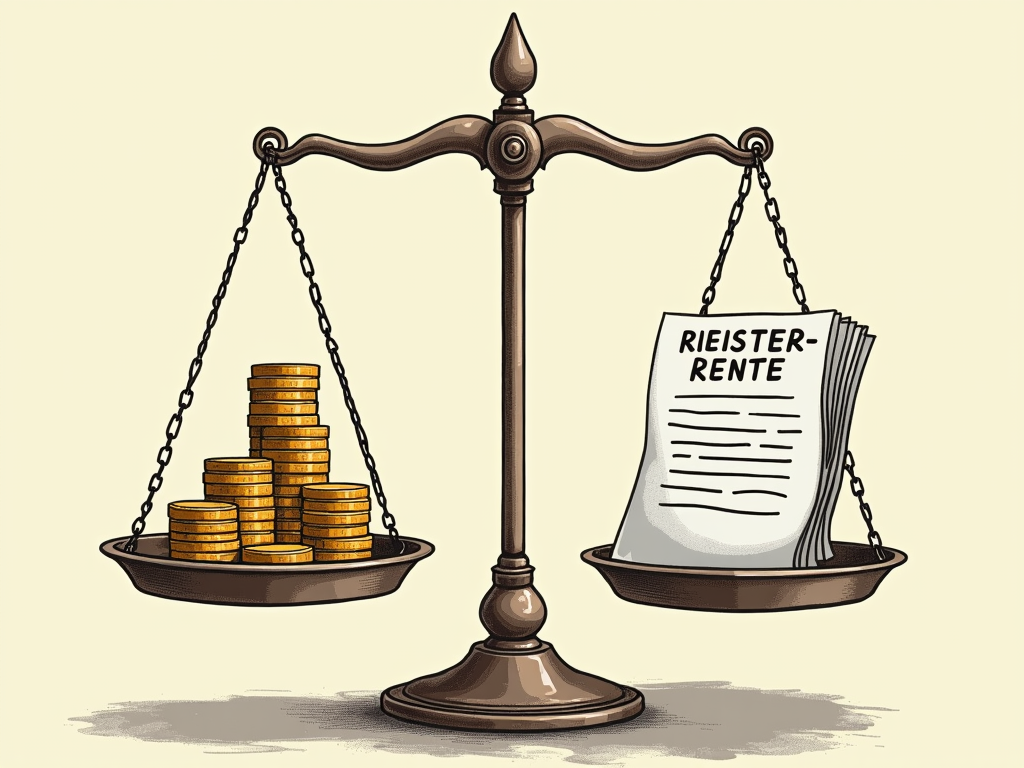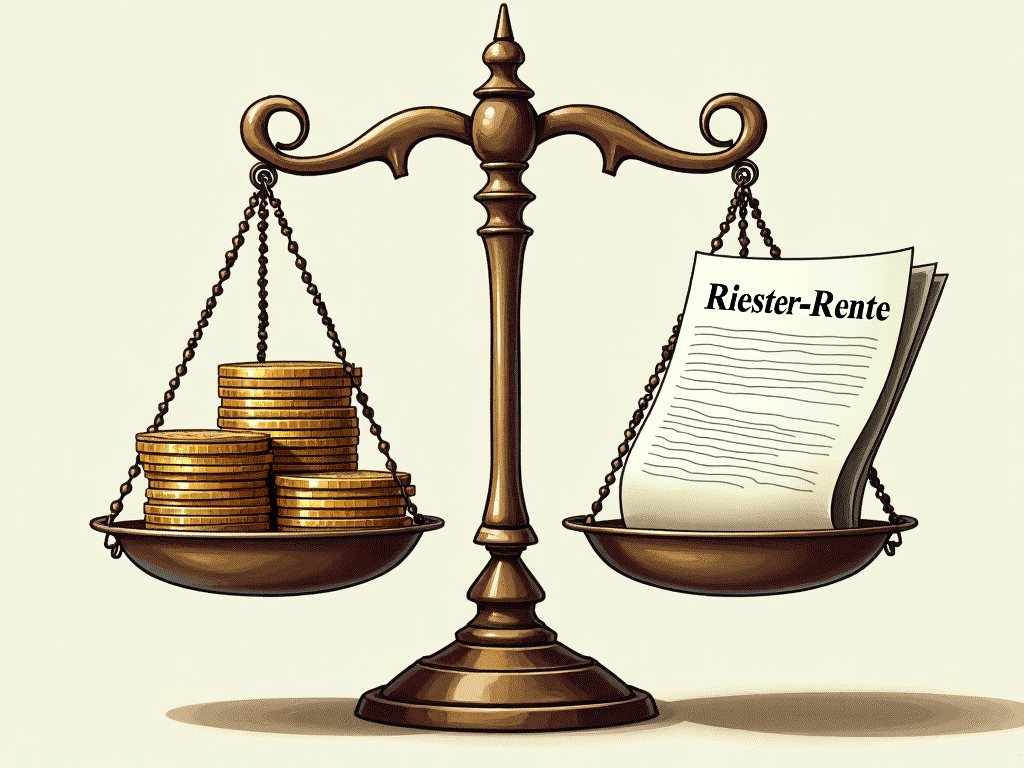The Riester pension, introduced in 2002, is a significant pension insurance tool in Germany. However, like a double-edged sword, it comes with both advantages and challenges. While state incentives and tax benefits are enticing, high costs and complexity cast shadows over this form of retirement provision. This article highlights the peculiarities of the Riester pension and illustrates for whom it is advantageous and how to make the most of it. Two chapters provide a comprehensive analysis of the pros and cons, along with practical advice for maximizing benefits.
The Duality of the Riester Pension: Opportunities and Challenges in Focus

The Riester pension is an essential tool for pension insurance in Germany, whose introduction can be seen as an initiative to promote the creation of private wealth. At the core of this form of investment are state contributions and the possibility of benefiting from tax advantages. Thanks to annual contributions for savers and their families, the Riester pension presents itself as a financially attractive option, particularly for families or single parents with multiple children. This target group particularly benefits from the Riester pension, as the basic state benefits, supplemented by contributions for children, can reduce the financial burden.
Capital Guarantee and Security Aspects
Another significant advantage is the security related to capital. This means that the paid-in capital is guaranteed at maturity, even if the interest rate over the years has proven insufficient to counteract inflation. The current maximum calculated rate of just one percent impressively illustrates this disadvantage and calls into question the profitability of the Riester pension.
Costs and Flexibility
However, the structure of Riester contracts presents significant weaknesses, manifested in high conclusion and management costs. Such costs lead to a considerable portion of the initial payments not being used for pension insurance but going to cover the provider’s administrative expenses. Moreover, the inflexibility of the contracts represents a crucial problem: early contract terminations often result in the repayment of previously received state contributions.
Tax Treatment and Contract Complexity
Deferred taxation presents a challenge, especially during the retirement phase. Returns that benefited from tax advantages during the accumulation phase are treated as taxable income at the time of payment, thus reducing the net return. A decisive aspect remains the complexity of many Riester contracts, which not infrequently generates confusion and makes it difficult to make informed decisions.
In summary, the Riester pension combines possibilities for financial alleviation with considerable structural challenges. It offers advantages mainly to low-income households, while higher incomes often have more flexible and profitable alternatives available.
Riester Pension in Focus: Target Groups and Optimal Use

The Riester pension offers significant advantages for specific population groups in Germany and can be an effective complement to pension insurance. In particular, families with low incomes and multiple children, as well as single parents, benefit from this form of state-supported savings. This is primarily due to the generous state contributions, which, especially for families with many children, can account for most of the payments.
For families with multiple children, the Riester pension is particularly advantageous, as state contributions increase for each child. This significantly reduces the financial burden on parents and makes the Riester pension an attractive option. Moreover, single parents, who usually also benefit from increased contributions, find this a way to manage their pension insurance efficiently and economically. The Riester pension is also particularly appealing due to the possibility of deducting the contributions paid, representing further financial relief.
However, it is important to be aware of the challenges. Low-interest rates and high initial costs of contracts can reduce the total return in the long term. Additionally, the Riester pension requires long-term financial planning, as early cancellations can lead to financial losses due to the repayment of state contributions and tax benefits. Therefore, Riester savers should definitely hold on until the contract’s maturity to gain maximum benefit.
To make the most of the Riester pension, families should fully exploit state contributions. A combination of the Riester pension with other investment forms, such as ETF savings plans, could offset the often low-interest rate and ensure broader coverage for the future. In this way, any pension gaps can be better closed, and savings become more flexible and yield-oriented. Finally, prospective savers should also keep an eye on inflation, as the capital preservation guarantee of Riester contracts often does not compensate for the inflation rate.
In conclusion, it can be stated that the Riester pension can represent a valuable pillar of pension insurance for specific target groups; however, it requires well-informed and thoughtful planning, as well as a combination with additional financial products to fully exploit its potential.